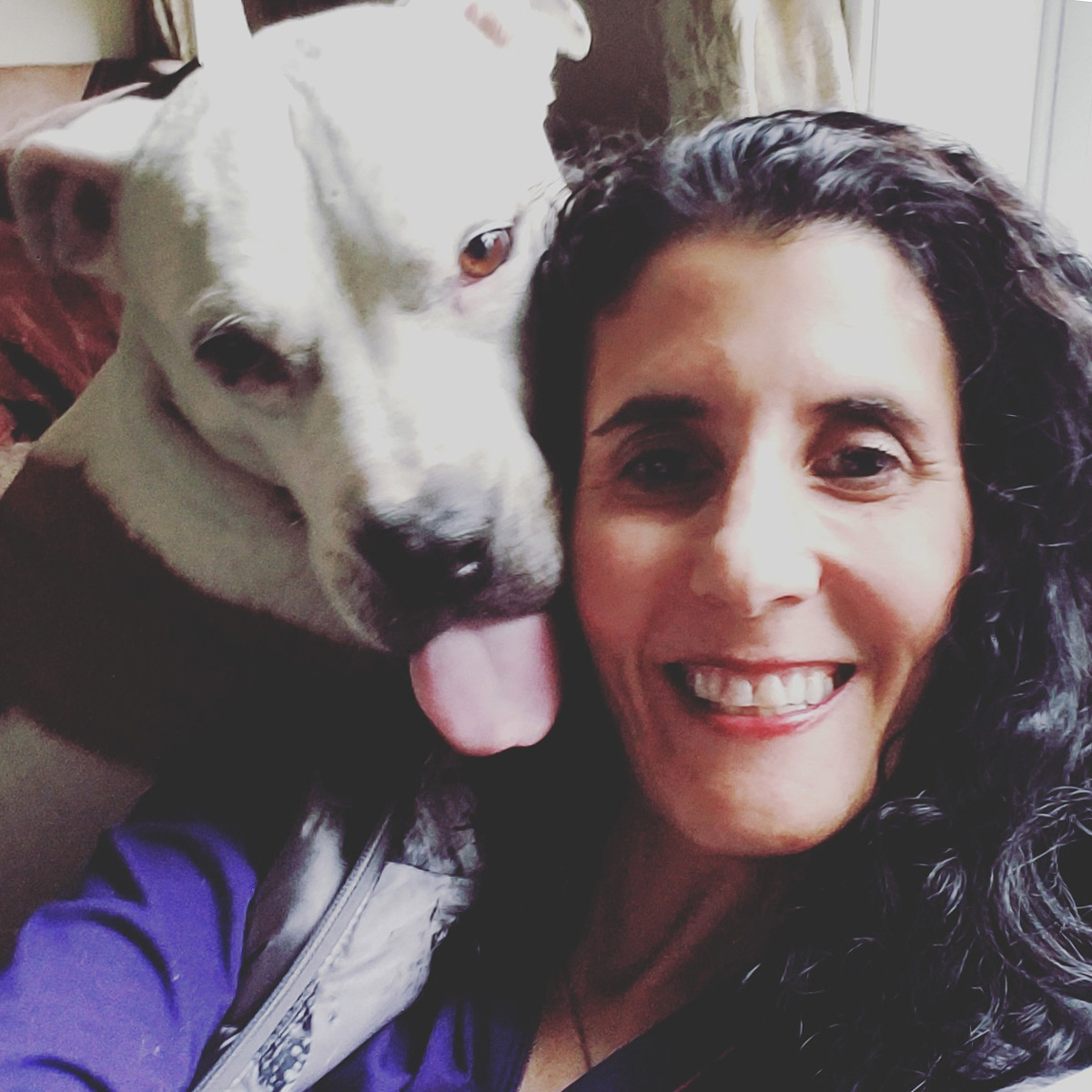
It’s Best Not to Treat Your Dog’s Ear Hematoma at Home. Here’s What to Do Instead.
Key takeaways:
An ear hematoma is a collection of fluid and blood within the skin and the cartilage of the ear flap that develops when small blood vessels rupture.
You should not attempt to treat your dog’s ear hematoma at home because this can result in further injury or infection.
Several treatment options are available for canine ear hematomas, including surgery, draining the area, and medications.
Table of contents

Dogs’ ears are designed primarily for hearing and balance. A dog’s ear can hear twice as many frequencies as a human’s ear. But it’s also delicate. Trauma, infection, or allergies can cause a hematoma to develop in your dog’s ear flap.
Below, we explain precisely what an ear hematoma is, what frequently causes it, and what treatments are available.
What is a hematoma in a dog’s ear?
An ear hematoma is a fluid-filled mass within a dog’s ear flap (pinna). It typically appears as soft and swollen, and you may see dried or clotted blood.
Search and compare options
A hematoma occurs when small blood vessels rupture. When this happens in a dog’s ear, it is called an aural hematoma. Most dogs get hematomas from scratching at their ears or shaking their heads too much. This typically happens because of an underlying condition such as allergies or an ear infection.
While all dogs can develop them, hematomas seem to be more common in dogs with chronic outer ear infections and dogs with long ears.
Can you treat a dog's ear hematoma at home?
You should not try to treat your dog’s ear hematoma at home because this can cause an injury or infection.
Ear hematomas go away on their own as the blood gets reabsorbed into a dog’s body. However, letting an ear hematoma heal on its own can lead to a lot of scarring. And depending on the size of the hematoma, it can cause discomfort and pain. That’s why it’s usually best to have the condition treated by a veterinarian.
How is a hematoma in a dog’s ear usually treated?
There are several ways to treat ear hematomas in dogs. Your vet will determine the best approach for your dog based on their situation. The following are the most common treatment options for dog ear hematomas.
Surgery
Surgery is often a fast and effective way to treat ear hematomas. Before the surgery, your vet will place your dog under anesthesia. Then, they will make a small opening at the end of the hematoma and drain the blood. After draining the blood, your veterinarian will stitch up the skin and place a bandage over the earflap to protect your dog’s ear while it heals.
Read more like this
Explore these related articles, suggested for readers like you.
Draining
Draining an ear hematoma with a needle is also a common treatment for dogs. To do this, your vet will insert a needle to remove the blood from the ear flap. Then, a small drainage tube may be stitched to your dog’s ear to allow more blood and fluid to drain from it.
Your vet may inject a steroid medication into the space where they removed the fluid to prevent the hematoma from coming back.
Medications
Some ear hematomas can be treated with injected steroids or oral steroids. This option is usually best for hematomas that are caught early or that are mild.
Your veterinarian may choose to drain your dog’s ear before starting them on steroids. Steroids used to help manage ear hematomas include:
Methylprednisolone
Triamcinolone
Your dog may also require antibiotics to help treat their hematoma. And your vet may recommend giving them a prescription nonsteroidal anti-inflammatory drug (NSAID) for pain relief.
How serious is a dog ear hematoma?
An ear, or aural, hematoma in a dog is not life-threatening. But it can be painful for your pup and should be checked to ensure there isn’t a serious underlying cause. Additionally, the development of the hematoma is usually associated with an infection or injury. And they usually reappear if the cause is not successfully treated.
What happens if you don’t treat a dog’s ear hematoma?
If a hematoma is not treated, it may return or become infected, permanently disfiguring your dog’s ear. The result can be thickened skin around the ear flap, giving the appearance of a “cauliflower” ear.
In severe cases, a dog’s ear flap tissue can eventually die if the condition is not treated.
When should you see a vet about a hematoma in your dog’s ear?
Make an appointment with your vet immediately if you notice your dog has an ear hematoma or is shaking their head or scratching their ears excessively. Your vet will examine your dog and determine if there is an underlying cause that needs treatment. Possible underlying causes of ear hematomas in dogs include:
The bottom line
A dog ear hematoma, also known as an aural hematoma, is caused by blood vessels inside the ear flap breaking. This causes a mass to appear on the dog’s ear.
Hematomas generally develop in dogs when they scratch at their ears or shake their head too much due to an underlying issue, such as allergies or an ear infection. If left untreated, a hematoma is likely to return and may result in permanent disfiguring of the dog’s ear. Make an appointment with your vet immediately if you notice your dog has an ear hematoma. Your vet can recommend the best treatment plan for your dog based on what’s caused the hematoma.
Why trust our experts?



References
American College of Veterinary Surgeons. (n.d.). Aural hematoma.
Brooks, W. (2024). Aural hematoma in dogs and cats. Veterinary Partner.
Cornell Richard P. Riney Canine Health Center. (n.d.). Itchy ear problems.
Hardie, R. J., et al. (2023). Treatment approaches for canine aural hematoma. Clinician’s Brief.
Hewitt, J. (2020). Aural hematoma and it’s treatment: A review. The Canadian Veterinary Journal.
People’s Dispensary for Sick Animals. (2020). Aural haematoma (swollen ear flap) in a dog.
U.S. Food and Drug Administration. (2022). Pain reliever facts for dogs and cats. Veterinary Partner.
Williams, K., et al. (n.d.). Hematoma of the ear in dogs. VCA Animal Hospitals.



























